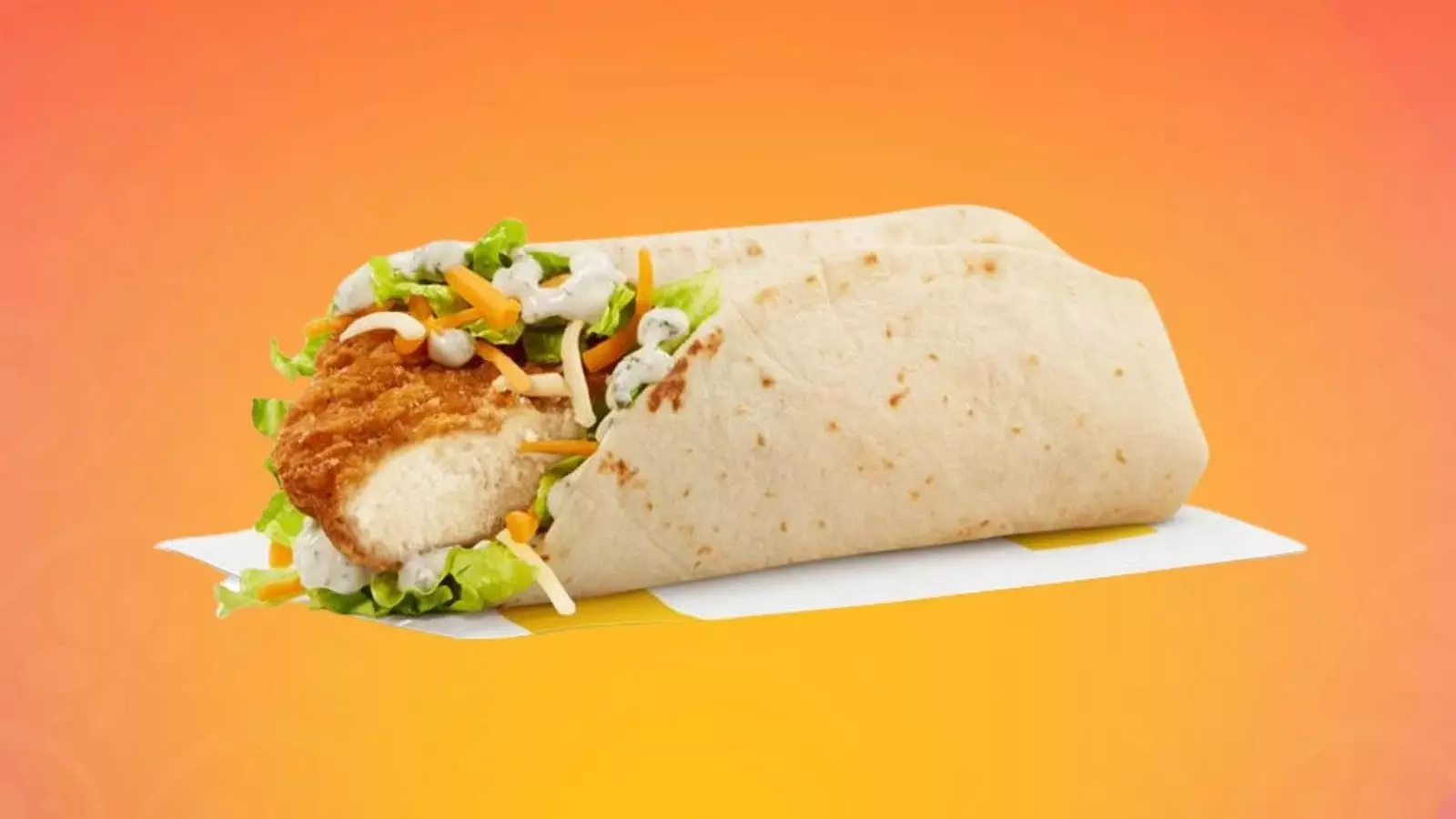In 2016, McDonald’s made the controversial decision to phase out the Snack Wrap, a delightful, hand-held meal option that had captured the hearts of many. Fast forward to 2025, and McDonald’s loyal fans are jubilantly celebrating its anticipated revival. This resurgence begs the question: what made the Snack Wrap so loved, and why has there been a sustained demand for its return over nearly a decade? The answer lies in a complex weave of cultural significance, convenience, and emotional attachment that transcends mere nostalgia.
The Snack Wrap’s allure is not simply a relic of the past; it reflects a broader trend in our modern eating habits. With lifestyles getting busier, an increasing number of consumers are looking for quick, ready-to-eat options. According to insights from Technomic’s 2024 Breakfast Report, about 75% of consumers occasionally eat on the go, while millennials in particular have made grab-and-go meals a priority. This shift underscores a pivotal evolution in how food is consumed today—it must be faster, more efficient, and, most importantly, easily manageable without the need for utensils.
Handheld foods are structurally designed to cater to this transition. They provide a convenient way to enjoy meals in settings as varied as cars, office spaces, and social gatherings. Think of the diversity in this category—tacos, wraps, sushi rolls, and more—each of which presents a rich cultural backdrop while fulfilling a practical need. The Snack Wrap fits smoothly into this tapestry of portable food options, offering a satisfying snack or meal without the burdensome weight or complexity of traditional dining.
The relationship we have with food is steeped in memories, emotions, and traditions, especially when it comes to handheld meals. Our early culinary experiences often involve items we could hold in our hands, such as school lunches or after-school snacks. These simple yet nostalgic bites provide comfort and familiarity, particularly in times of uncertainty. The food choices we make reflect a desire for that emotional connection, and the Snack Wrap successfully taps into this sentiment, reawakening cherished memories of simpler times.
Brands have started recognizing the power of nostalgic foods. The explosion in popularity of items like Pop Rocks and Jell-O, as documented in Datassential’s 2025 Trends Report, highlights a collective craving for the flavors of our childhood. Add to this mix the revivals of beloved fast-food offerings—like Taco Bell’s Mexican Pizza or McDonald’s McRib—and it becomes evident that consumers aren’t just yearning for flavor; they’re searching for emotional ties to the foods they’ve loved and lost.
An often-overlooked factor in our relationship with food is the tactile satisfaction it brings. Engaging with our meals—holding, feeling, and ultimately savoring—enhances the overall experience. Research supports that the physical interaction with food can elevate our enjoyment and satisfaction levels. The Snack Wrap epitomizes this sensory experience, inviting consumers to engage fully with their meal.
Moreover, the overwhelming need for portability in our food choices translates directly into productivity benefits. Busy individuals eat while maneuvering through hectic schedules—whether driving to their next meeting or catching a quick bite in between conference calls. A Snack Wrap, with its ease of use and compact design, fits seamlessly into this reality, becoming an essential part of contemporary dining.
When examining the beloved Snack Wrap’s fabric, it is crucial to remember its cultural significance. Handheld foods are not just convenient; they represent our shared experiences and community ties. From street vendors serving tacos to family gatherings centered around hand-held favorites, these meals serve as a cultural marker, reminding us of our roots and traditions.
The viral enthusiasm for recreating Snack Wrap recipes at home exemplifies how this item has evolved from a mere menu option to a treasured culinary experience. Fans engage in a culinary craft that goes beyond simply satisfying hunger—they are revisiting and reviving something that embodies joy, nostalgia, and comfort.
The anticipated return of the McDonald’s Snack Wrap is about more than just bringing back a favored food. It is indicative of a larger conversation around how food fits into our fast-paced lives, the significance of what we eat, and the comforting familiarity of hand-held options that resonate deeply with our experiences. As we embrace the convenience and deeper connections fostered by portable foods, we see that specific culinary elements—such as the Snack Wrap—are not merely products of fleeting trends; they are essential to our cultural identity and emotional well-being. The return of the Snack Wrap is a celebration of food that serves not just our hunger, but also our hearts.


Leave a Reply